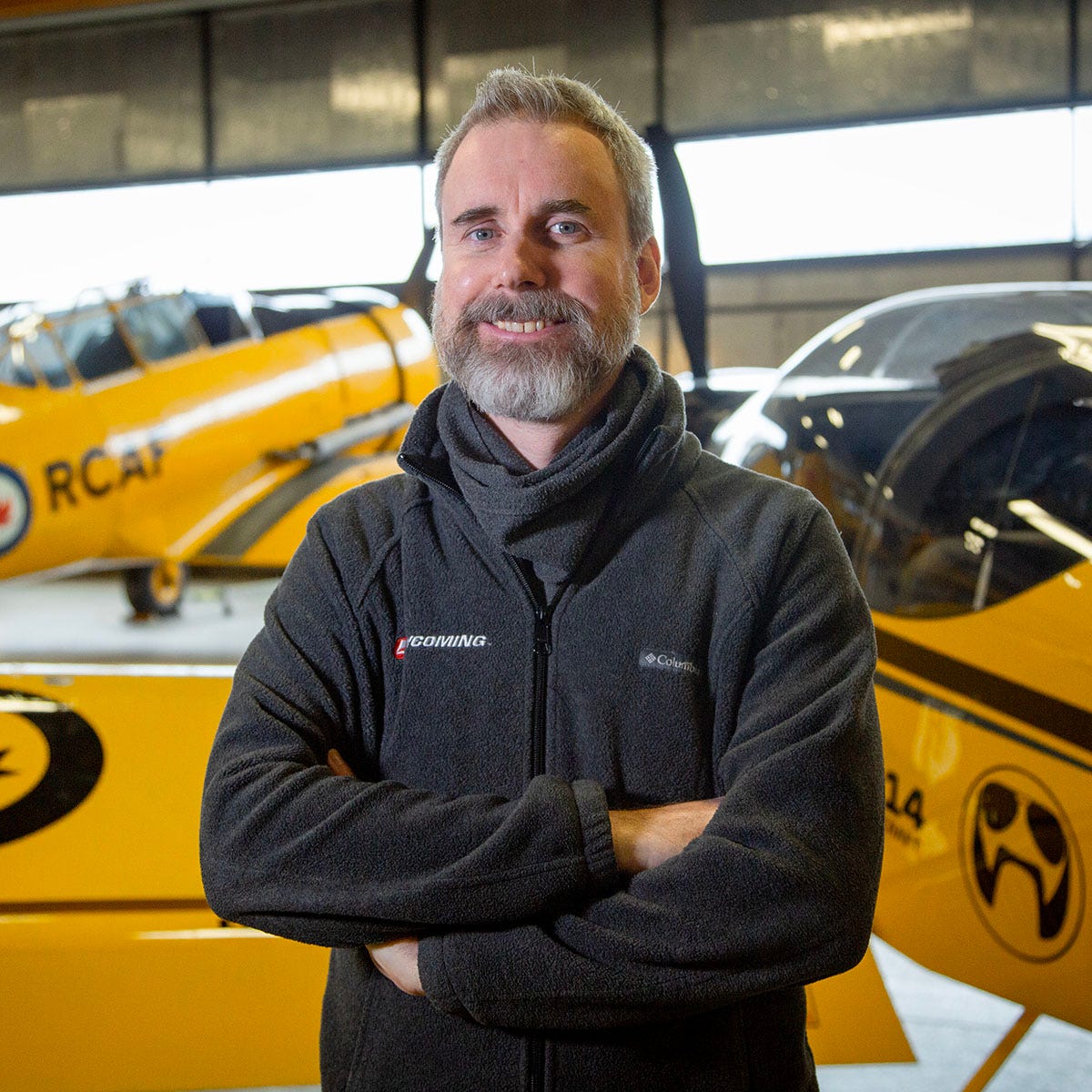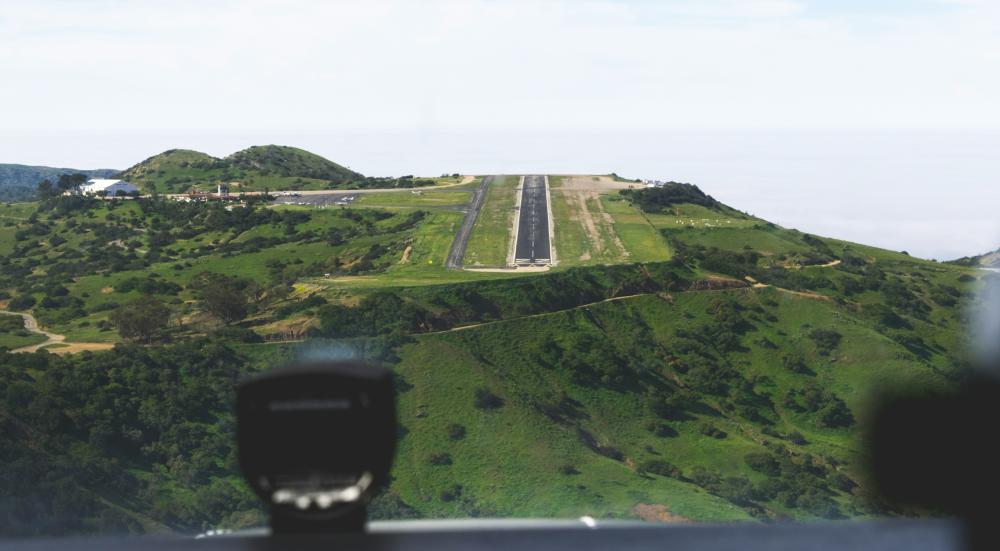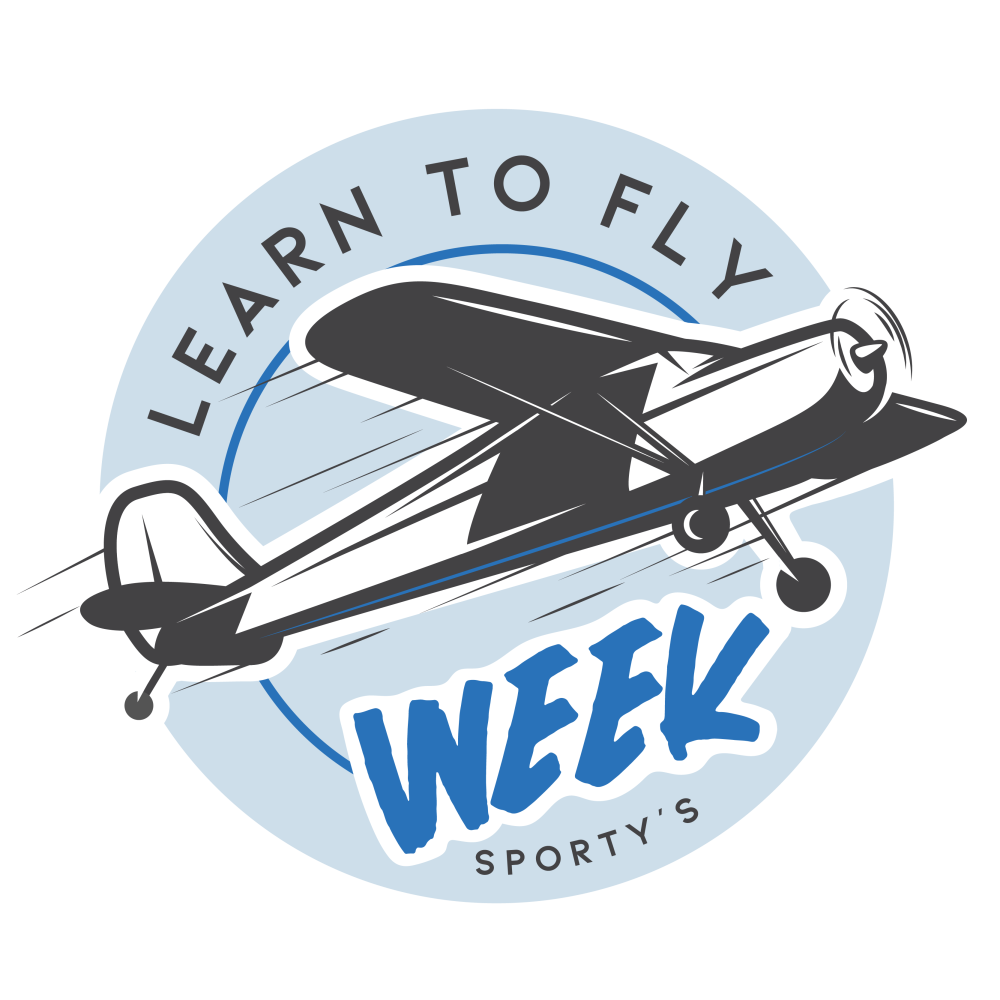Being a pilot means incredible views, fascinating destinations, and personal achievement. However, it can also mean potential health issues if you don’t take action to protect yourself. Here are five easy ways to stay safe in the cockpit.
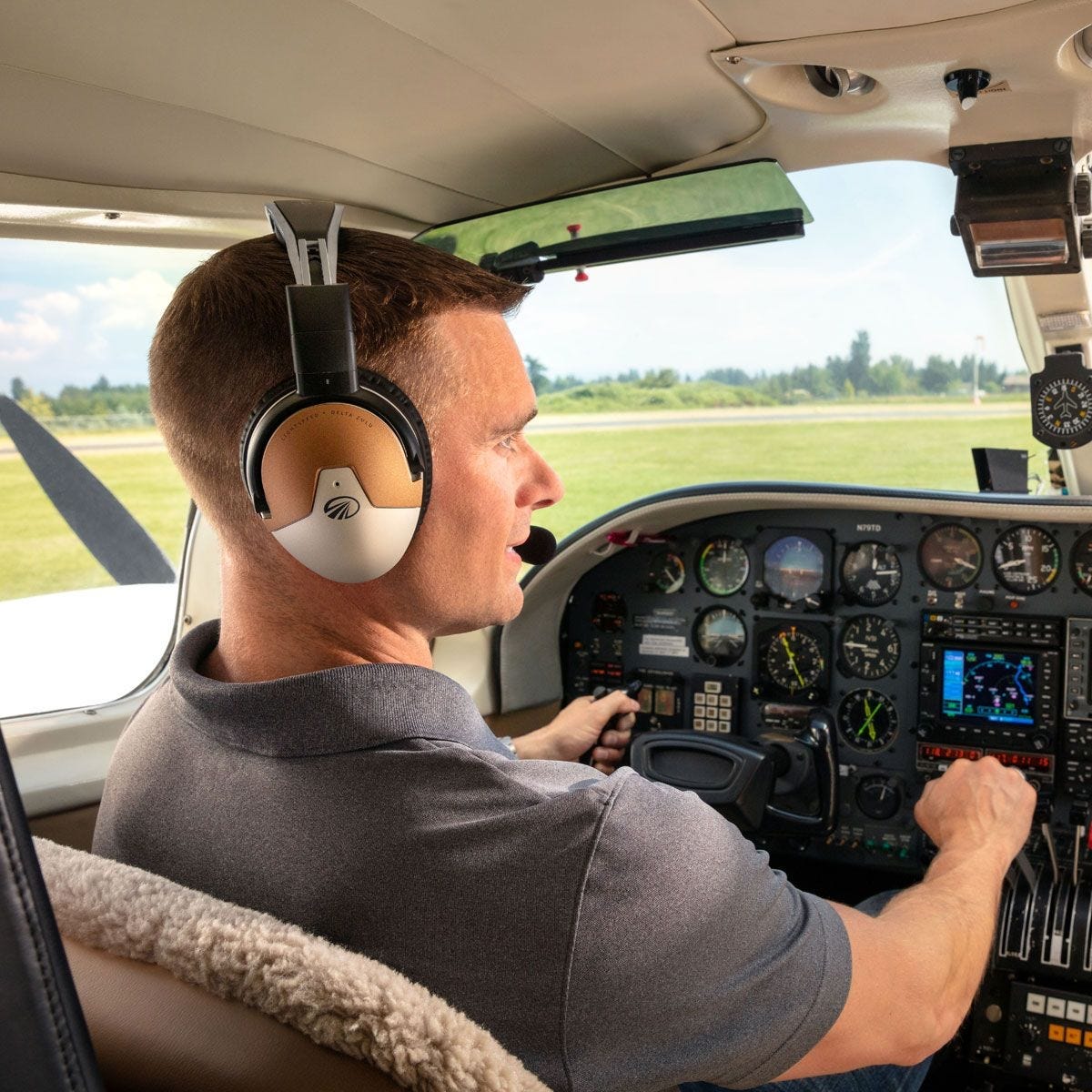
Aviation headset: prevent hearing loss
Airplanes are noisy—there’s no way around it. In fact, a piston airplane cockpit during takeoff can easily surpass 100 decibels, which is enough to cause hearing loss in as little as five minutes. (If you want to know how loud your airplane is, try one of the free decibel meter apps for your smartphone.) Fortunately the science of hearing loss is much more advanced now than it was 50 years ago, and we know that the most important thing you can do is to wear a headset every time you fly. The latest generation of active noise reduction technology from companies like Bose and Lightspeed dramatically reduces engine noise, makes communications much clearer, and will keep your ears protected throughout your flying career. It’s a smart investment.
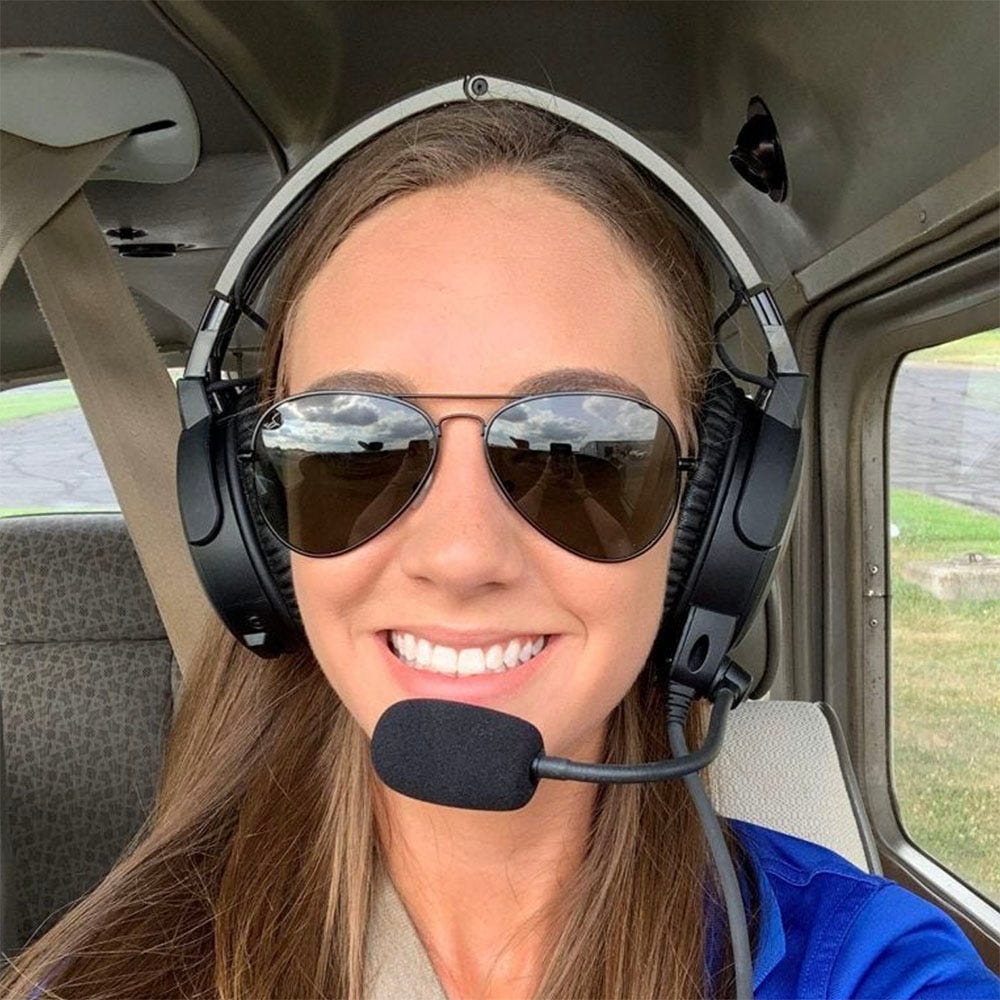
Sunglasses: protect your eyes
Pilots spend a lot of time in the sun—even on days when it’s cloudy at the surface, it can be sunny at 8000 feet—but without proper protection that can lead to permanent eye damage. Studies have found that exposure to UV rays can cause cataracts and contribute to macular degeneration, both of which can ruin your vision and cut short your flying days. The old advice to never look directly at the sun is a good start. Even better, never fly without a good pair of sunglasses. High quality options from Ray-ban, Cloudbase, and Flight Gear offer up to 100% UV protection and can also make it much easier to spot traffic in flight. Just like a headset, this should be an essential part of your preflight checklist.
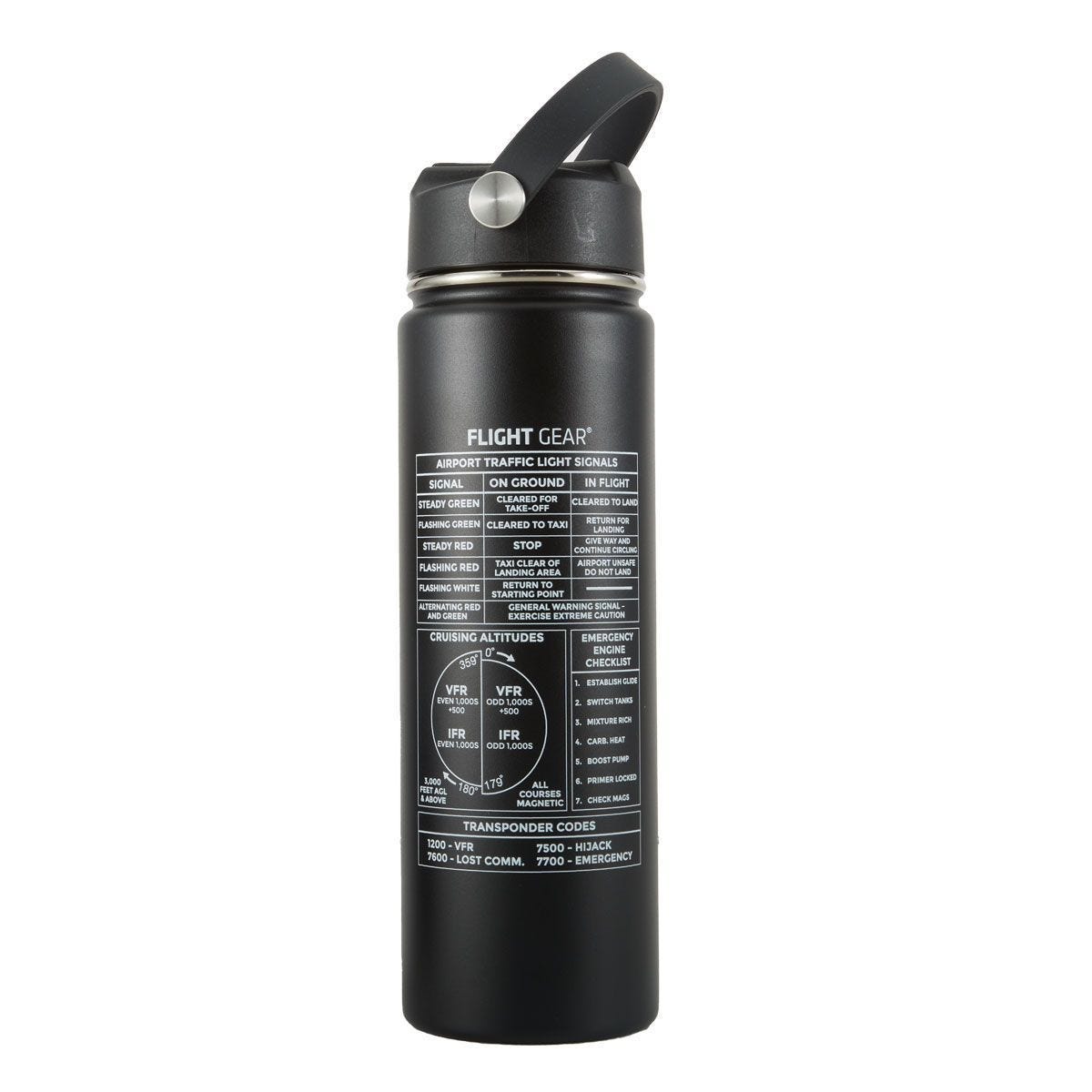
Water bottle: stay hydrated
Many recent studies have shown that pilots are chronically dehydrated. The combination of long flights in hot weather, too much coffee, and the preference for avoiding bathroom stops means many of us log a lot of time while we’re not at peak performance. Dehydration can impair decision-making, increase fatigue, and generally make you feel bad. This one is easy to fix, though, by always carrying a water bottle in your flight bag. There are plenty of options for rugged, crush-proof water bottles that seal tight and won’t leak in the airplane (here’s our favorite). Fill it up before flight just like you do with the fuel tanks and use it. If you’re worried about not having a bathroom on board we can help with that too.
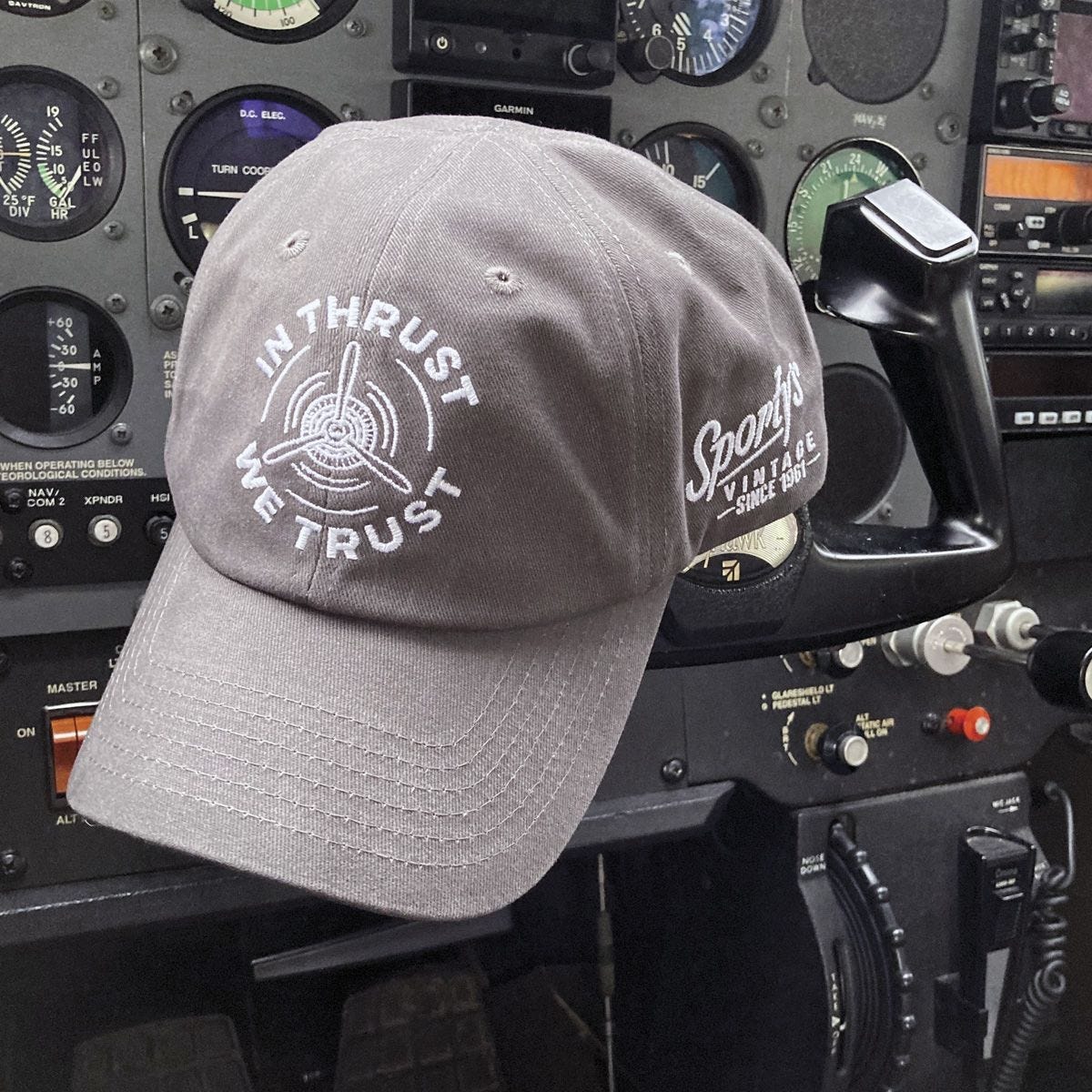
Sunscreen or hat: keep your skin protected
Many airline pilots religiously use sunscreen in flight, and for good reason: long exposure to the sun at high altitudes can increase your risk for skin cancer. While that may not be as big a concern for a Cub pilot at 500 feet, it’s still worth taking some basic precautions. A small container of sunscreen or even a good hat can make a difference, especially on long flights or when you’re walking around Oshkosh all day.
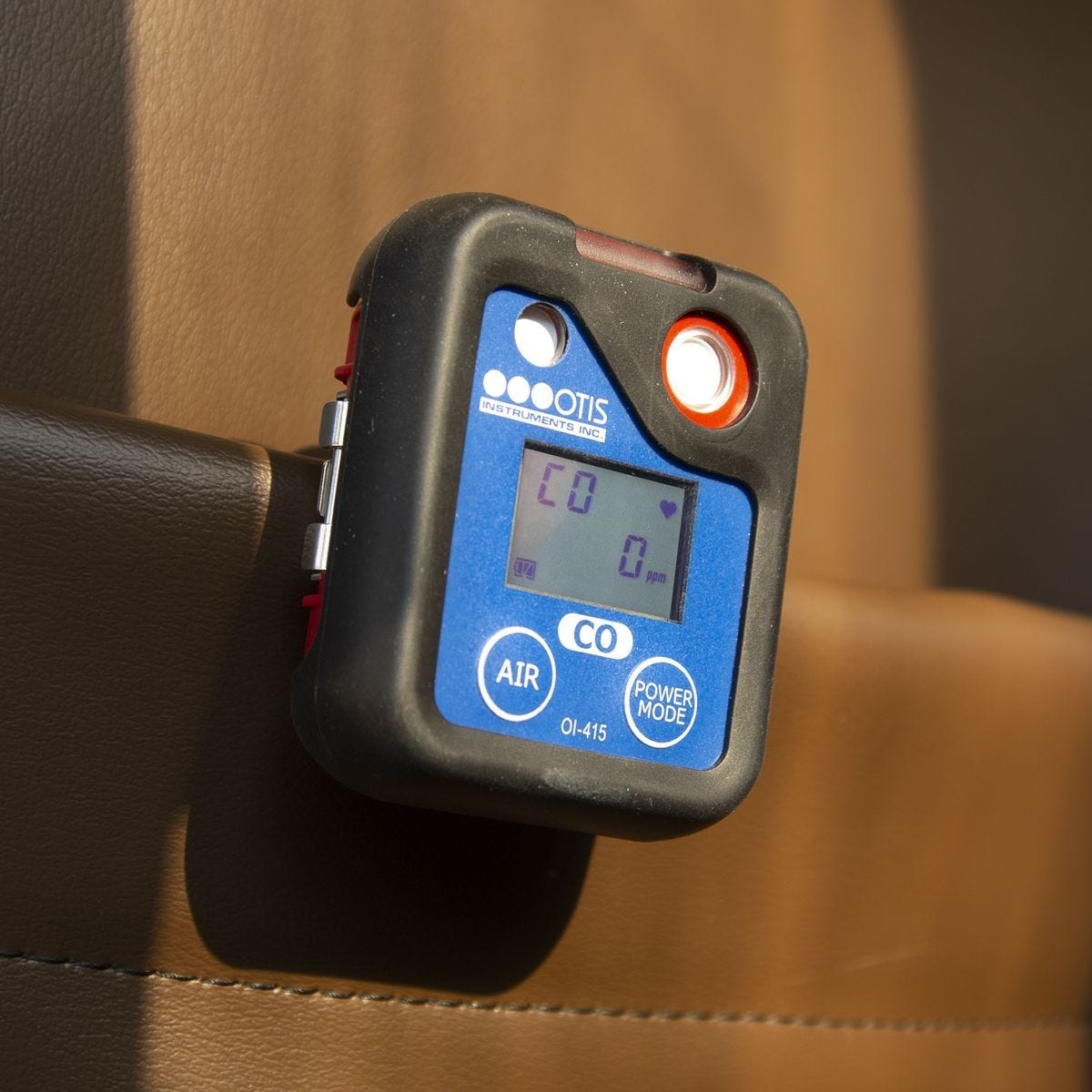
CO detector: avoid carbon monoxide poisoning
Most light airplane heaters use a shroud around the exhaust to warm ambient air, which is a simple and effective way to keep pilots and passengers warm, but it can also lead to carbon monoxide poisoning if there’s a leak. This is dangerous because CO essentially tricks your blood into bonding with it instead of oxygen, starving your body of what it needs. Fortunately, there have never been more options for flying with a high quality CO detector (tip: do NOT rely on cheap detectors made for homes). Whether it’s built into your ADS-B receiver, your headset, or it’s a standalone unit, flying with an aviation-specific device is essential in any piston airplane.



